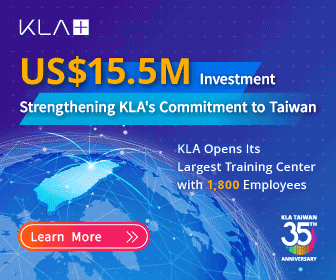SpaceX's satellite internet service, Starlink, has successfully generated positive cash flow. However, replicating this achievement seems daunting for competitors.
Following SpaceX's transition to profitability in the first quarter of 2023, its rocket launch services, which significantly support Starlink, have emerged as the primary revenue driver. This success is attributed to SpaceX's groundbreaking reusable rocket technology, offering the industry's most cost-effective launch services. These rocket launch services have become pivotal in SpaceX's recent operations, overshadowing the challenges faced by Starlink, which involves launching a substantial number of low Earth orbit (LEO) satellites and investing in user terminals (UT) and global market deployments.
Despite Starlink's global dominance in LEO satellite operations and market share, there is a consensus that its positive cash flow still relies on the support from SpaceX's rocket launch services.
In terms of launch activities, SpaceX maintains a substantial lead over competitors. In 2023, OneWeb, also classified as a Tier 1 operator, managed only four launches, accumulating just over 600 satellites. In contrast, SpaceX conducted 52 launch missions by November 2023, deploying over 5,400 Starlink satellites, surpassing both OneWeb and Amazon.
The injection of revenue from being the world's leading rocket launch service provider and boasting the highest number of global users empowers SpaceX to sustain its launches, enhance service quality, and expand to more locations. This strategic advantage positions Starlink to seize opportunities before competitors firmly establish themselves, ultimately achieving positive cash flow.
Although SpaceX launched multiple times in 2023, the growth of satellite numbers slowed due to development challenges related to the Starship, intended to carry the second-generation StarlinkV2 satellites. To continue using Falcon 9 for launches, SpaceX modified it to carry V2 mini satellites, weighing about twice as much as V1.5 satellites but half as much as V2 satellites. This adjustment in payload capacity does not compromise Starlink's dominant market position.
Starlink maintains a leading position in the LEO satellite market, and if the current business model's profitability proves sustainable, the industry landscape is likely to stabilize. While competitors risk elimination if they fail to secure a foothold in the existing market, competition is inevitable wherever there is a business opportunity. Despite the significant and long-term resource investment required in the space industry, numerous large and capable tech companies globally will strive to enter the market. However, replacing SpaceX's position is not guaranteed, and the competition may focus on sharing the market rather than overshadowing SpaceX.




